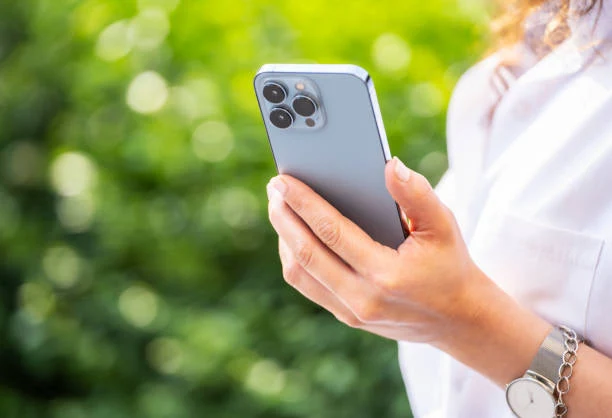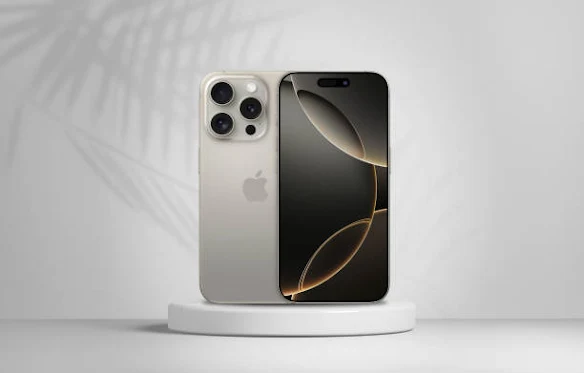1. Introduction: Why Screen Record on Your iPhone?
Screen recording on an iPhone is incredibly useful for:- Creating tutorials, walkthroughs, or tech support guides.
- Capturing gameplay, online courses, or app demos.
- Saving ephemeral content like live streams or stories.
- Sharing glitch bugs or troubleshooting issues with others.
2. Set Up: Add Screen Recording to Control Center
Before you can record, you must add the screen recording feature:
- Open Settings.
- Scroll to and tap Control Center.
- Under "More Controls," find Screen Recording (circle-in-a-circle icon) and tap +. (Optional) Drag controls to rearrange their order.
You're now ready—this setup is permanent until you remove it.
3. Basic Screen Recording Steps
Once set up, recording is easy:
- Open Control Center
- On Face ID iPhones: swipe down from top-right
- On Touch ID iPhones: swipe up from bottom
- Tap the Screen Recording icon (solid circle within a circle). The UI will show a 3-second countdown before recording starts.
- When active, you’ll see a red status bar or pill indicator at the top.
- To stop recording, tap the red bar or re-open Control Center and tap the recording icon again—then confirm Stop.
- Your video is automatically saved in the Photos app—look under Albums → Screen Recordings or in your Library.
4. Record With Sound: On or Off?
By default, system audio is recorded. For microphone audio (voice-over, narration):
- In Control Center, long‑press (or touch-and-hold) the screen recording button.
- Toggle Microphone Audio ON (it turns red).
- Tap Start Recording from the expanded menu.
Remember: Some apps (e.g., Netflix, Disney+) restrict recording due to DRM. You might end up with silent or blank recordings. FaceTime calls record video but won't capture call audio even with mic enabled.
5. Advanced Tips & Tricks
A. Recording Without Notifications or Interruptions
- Enable Do Not Disturb (Focus mode) beforehand to avoid notification interruptions during recording.
B. Show Touch Indicators
- Turn on AssistiveTouch (Settings → Accessibility) to display touch feedback—great for tutorials.
C. Long-Duration Safety
- Use an external power source for lengthy recordings to avoid draining the battery rapidly.
- Monitor storage space, as videos—especially high resolution—can fill storage quickly.
D. Bypassing DRM Limits
- If you encounter restrictions, AirPlay to a Mac and record via QuickTime or other screen-capture software.
6. Edit & Share Your Recording
Once saved:
- Open the clip in Photos.
- Tap Edit—you can trim, rotate, or crop it.
- Use Share to export via Messages, Mail, social media, or AirDrop.
For advanced editing, import into apps like iMovie, LumaFusion, or other video editors.
7. Recording with a Mac (Alternative Method)
If you're using a Mac:
- Connect your iPhone via cable or Airplay.
- Open QuickTime Player on Mac.
- Choose New Movie Recording, then select your iPhone as the video source.
- Click Record on Mac and perform actions on iPhone.
- Stop on Mac and save—handy for overcoming app restrictions or capturing audio.
Not built-in on iPhone unless you connect to a Mac manually.
8. Common FAQs
Q: Can I record both mic and system audio?A: Yes—tap+hold the record button and ensure mic is on; system sound is recorded by default.
Q: Does screen recording include FaceTime audio?
A: No—FaceTime calls record video but not the voice from the other party.
Q: Why is my screen recording blank?
A: DRM‑protected apps (like Netflix) block video capture. Use Mac workaround if needed.
Q: Where do recordings go?
A: Saved in Photos under Albums → Screen Recordings.
9. Workflow Recap
1. Add Screen Recording to Control Center2. (Optional) Enable microphone via long‑press
3. Open Control Center; tap record → 3‑second countdown
4. Execute your screen activity
5. Tap red bar or re-open Control Center to stop
6. Edit and share via Photos
10. Best Practices
- Turn on Do Not Disturb to eliminate notifications.
- Use microphone for narration during tutorials.
- Learn AssistiveTouch tap visualization for clarity.
- Manage storage and power during long recordings.
- Use Mac workaround for DRM‑restricted content.
- Always edit to trim start/end frames; consider external editors for polishing.
11. Summary
Screen recording on an iPhone is fast and built-in:
- Effortless setup: add the control once in Settings.
- Flexible audio: include mic sound via long‑press.
- Low friction: use a quick swipe and tap to record.
- Automatic saving: videos go to Photos for easy editing and sharing.
Pro tips: Do Not Disturb, touch feedback, Mac workaround, and storage management level-up your approach.
Final Thoughts
Whether you're capturing a tutorial, a bug for tech support, or gameplay highlights, iPhone screen recording makes it easy. With just a few taps, you can produce polished, narrated videos—without extra apps or hassle. Paired with smart tips and editing, it becomes a reliable tool for work, education, or entertainment.
Start using it today—record, trim, share—and elevate your iPhone experience. Need help with editing apps or sharing tips? Just ask!



